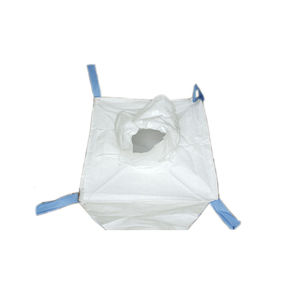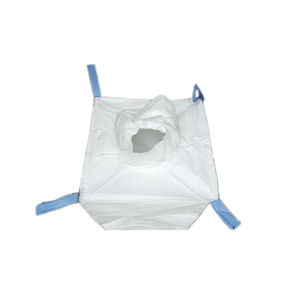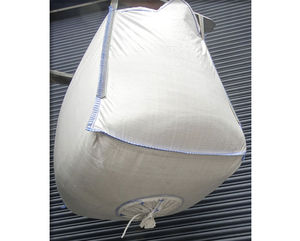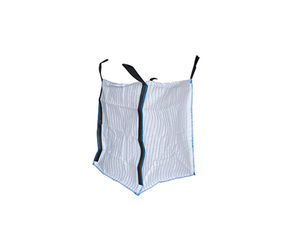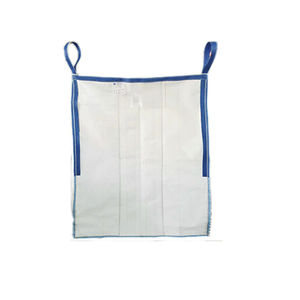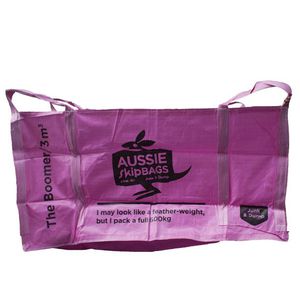
- Packing - Handling - Logistics
- Handling and Lifting
- Big bag for the pharmaceutical industry
- Zibo Yundu Plastic Products Co.,Ltd
- Products
- Catalogs
- News & Trends
- Exhibitions
Food big bag for the pharmaceutical industryfor powdersfor building materials




Add to favorites
Compare this product
Characteristics
- Applications
- for food, for the pharmaceutical industry, for powders, for building materials, for bulk materials
- Specifications
- 4-loop, anti-static
Description
TYPE C OR D BAGS, DISSIPATIVE FIBC, ANTISTATIC FIBCS
Made of a special antistatic fabric, the anti static bulk bag at YUNDU comes with permanent discharged properties and is designed to prevent the occurrence of fla-mmable sparks, brush discharges and propagating brush discharges without conne-cting the bulk bag to ground or earth. The reason for this is that the dissipative FI-BC bag does not require grounding or earthing which means no interconnection re-quired either. A safe dissipation of static electricity in the atmos-phere is possible via low-energy corona discharge as these dissipative FIBC bagsare made up of fabric that contains quasi-conductive yarns.
These FIBC antistatic type D bags at YUNDU are designed to guarantee the protection against the unforeseen electrostatic hazards as the risks related to human errors are eliminated with the manufacturing and use of grounded Type C FIBC. The Type D FIBCbag is been safely and successfully used to pack materials like foods, chemicals, pharmaceuticals, minerals, pigments as well as other products.
When it is safe to use?
The antistatic Type D bagsare safe to use to transport the flammable powders and even when the flammable solvents or gases are present in the environment and around the bag.
When it shouldn’t be used?
It is wise to not use the Type D FIBC bag when conductive materials like water or grease are coated or contaminated on the surface.
Other Zibo Yundu Plastic Products Co.,Ltd products
BULK BAG&FIBCS
Related Searches
- Strap
- Air lifting cushion
- Heavy load lifting bag
- Big bag
- Attachment strap
- Bulk material big bag
- Transportation big bag
- Building material big bag
- Powder big bag
- Big bag with polyethylene liner
- Cubic big bag
- Loop strap
- Food big bag
- Hazardous waste big bag
- Woven strap
- Anti-static big bag
- Big bag for the pharmaceutical industry
- Single-loop big bag
- Tubular big bag
*Prices are pre-tax. They exclude delivery charges and customs duties and do not include additional charges for installation or activation options. Prices are indicative only and may vary by country, with changes to the cost of raw materials and exchange rates.






